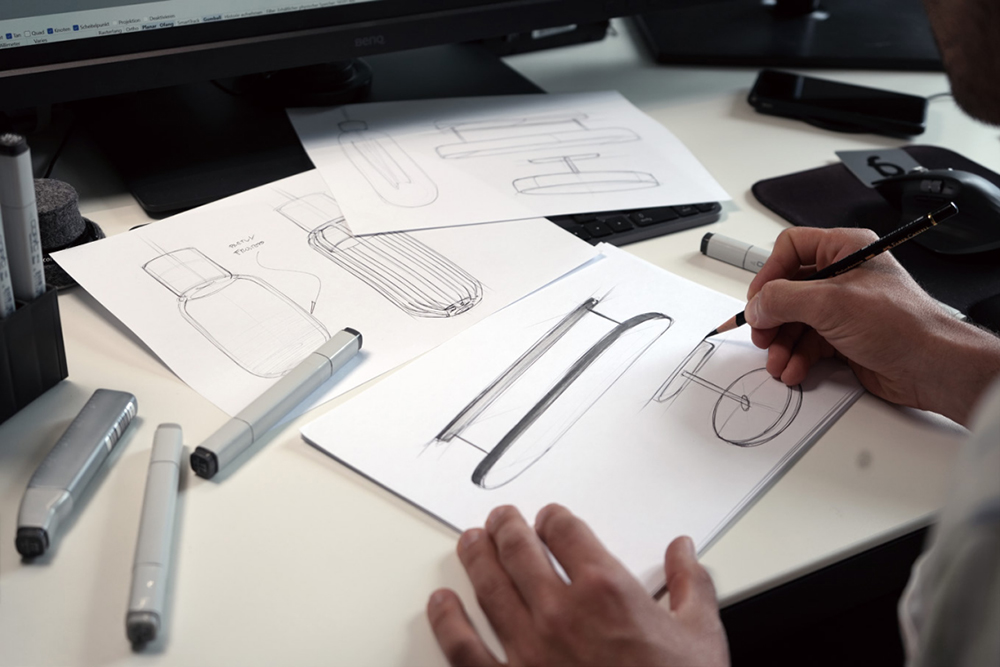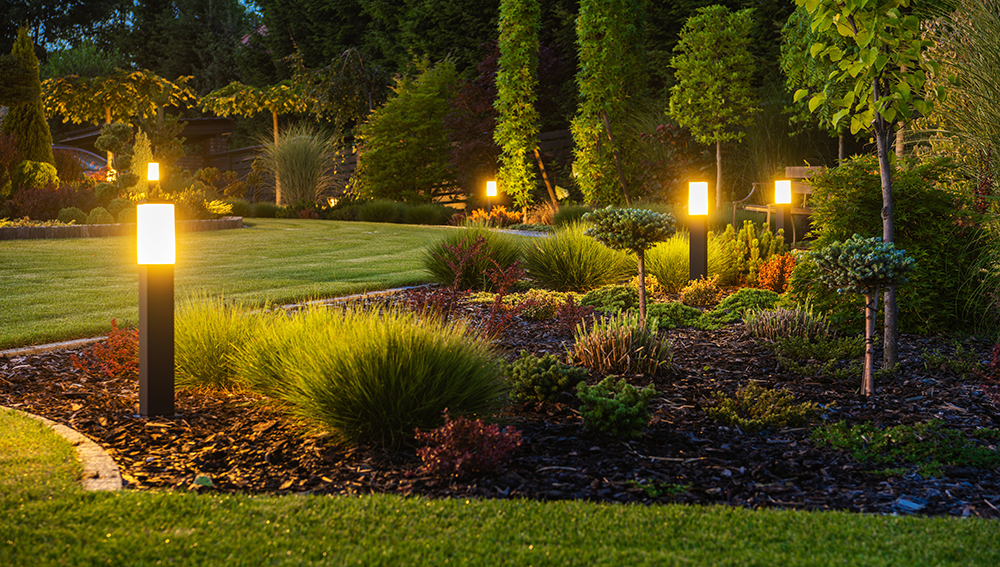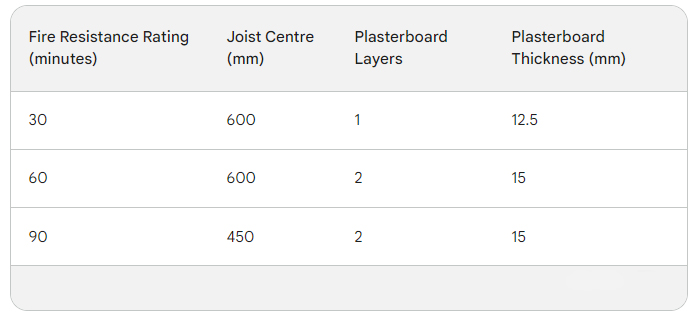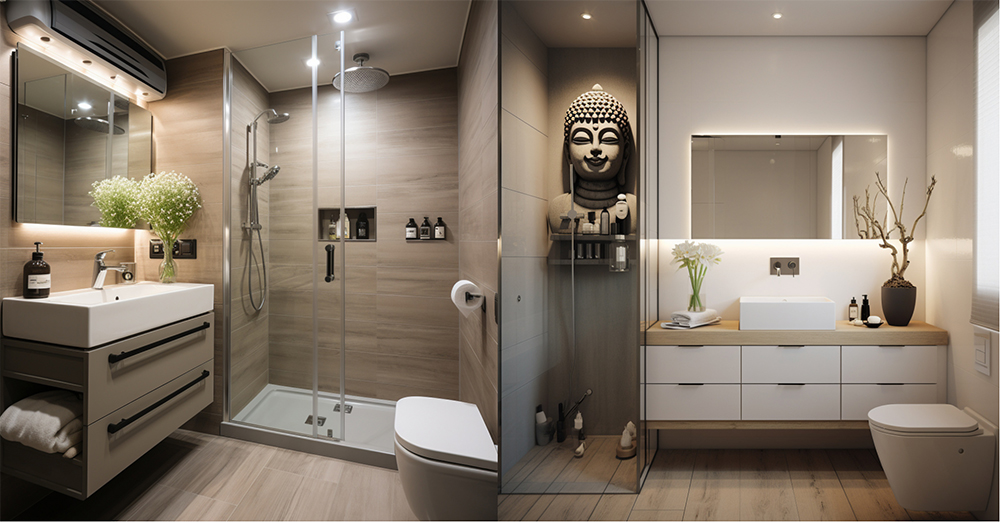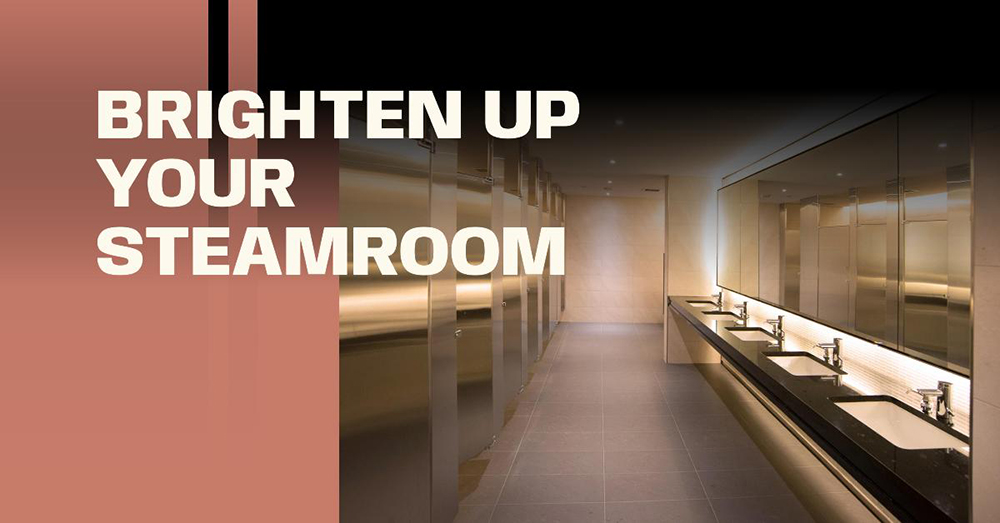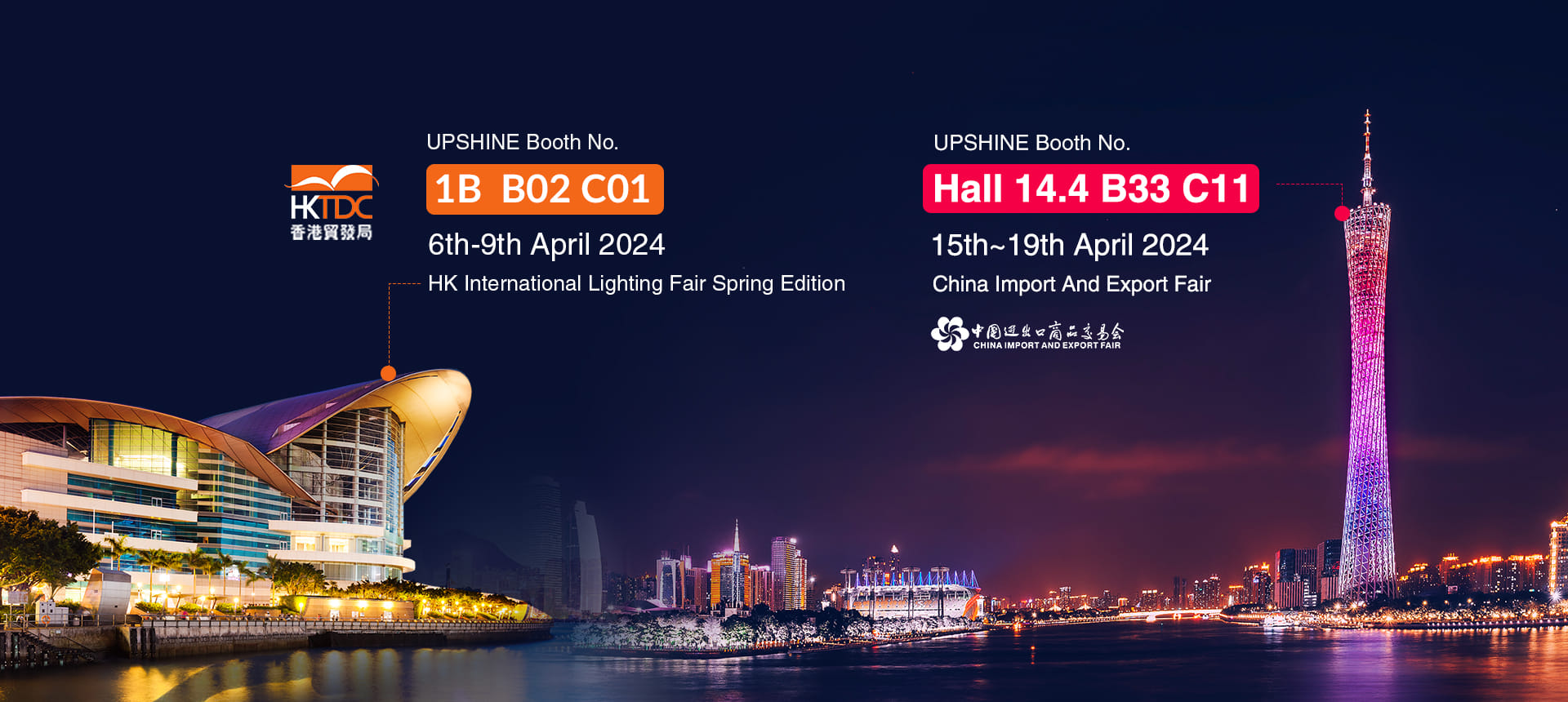We know that lighting fixtures will get heated if working for a long time, especially fluorescent and the incandescent light, both more easy get heat and are dangerous, even both energy-efficient and long-lasting LED lights also meet with this problem. A too-hot lamp will cause a serious problem as below.
- The junction temperature of the LED chip will increase rapidly
- Shorten the LED lifetime.
- Electronic failure
- The material of the lamp is deformed due to overheating
- A fire hazard if left unchecked
- How To Avoid Or Reduce This Dangerous Situation Happen?
- What Is The Principle Of Heat Dissipation?
- How Many Kind Of Heat Sinks Do You Know?
- Die-cast Aluminum Radiator
- Aluminum Extrusion Radiator
- Stamped Aluminum Radiator
- Plastic-Clad Aluminum Radiator
- High Thermal Conductivity Plastic Radiator
- How About UPSHINE Luminares’ Heating Problem?
How To Avoid Or Reduce This Dangerous Situation Happen?
For more lasting lighting, efficiency, and being environmentally friendly, LED lighting fixtures is the best choice than fluorescent light and incandescent light. It also more safety in many aspects than both types of lights. To further reduce light heat danger and avoid any bad situation happen, people engage in research and produce different kind of lamp body material for heat dissipation and improve lighting effectiveness, so the heat sink is the main dissipation tool for the lamp.
What Is The Principle Of Heat Dissipation?
LED light sources do not emit infrared or ultraviolet rays, which means that they do not have a built-in function for radiation heat dissipation. Therefore, the LED lighting fixture relies on a heat sink to efficiently dissipate heat. The heat sink needs to serve three functions: heat conduction, heat convection, and heat radiation. While heat conduction allows the heat to transfer from the LED chip to the surface of the heat sink, the main function of the heat sink is to dissipate the heat through convection and radiation into the surrounding air. In other words, the radiator's ability to conduct heat is important, but its main function is to facilitate heat convection. The efficiency of heat dissipation is determined by the heat sink's area, shape, and its ability to facilitate natural convection, while radiation is a secondary function.
LED lighting sources typically utilize LED lamp beads with low voltage (VF=3.2V) and high current (IF=200-700mA). The heat generated during operation requires the use of aluminum alloys with high thermal conductivity. Commonly used options include die-cast, extruded, and stamped aluminum radiators. Die-casting involves the use of pressure-casting technology to create parts. A liquid zinc-copper-aluminum alloy is poured into the feed port of a die-casting machine, which then uses the previously designed mold to cast a radiator with a specific shape.
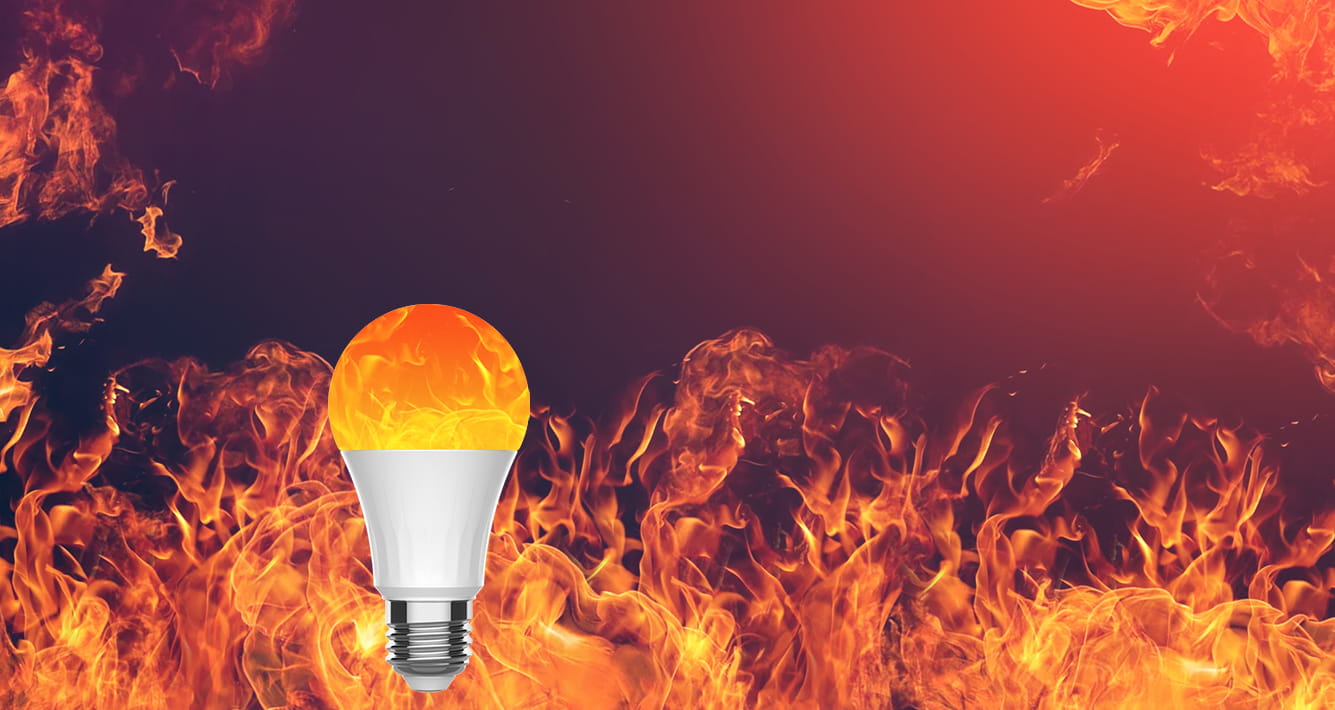
How Many Kind Of Heat Sinks Do You Know?
There are 5 standard heat sinks in our daily life.
Die-cast Aluminum Radiator
The production cost of cast aluminum radiators is relatively controllable. However, due to the casting process, it is difficult to make the heat dissipation fins thin and maximize the heat dissipation area.
Cast aluminum radiators are commonly made using materials such as ADC10 and ADC12, which are also commonly used for LED lamp heat sinks. These materials have good thermal conductivity and can effectively dissipate heat.
Aluminum Extrusion Radiator
Aluminum extrusion is the process of shaping aluminum by forcing it to flow through a fixed mold. The resulting bar is then cut and machined into a heat sink of the required shape. However, the post-processing cost of this method can be relatively high.
One of the advantages of using extruded aluminum for radiators is that the heat dissipation fins can be made much thinner, which maximizes the heat dissipation area. The fins also promote air convection, which helps to dissipate heat more efficiently.
Commonly used materials for aluminum extrusion radiators are AL6061 and AL6063. These materials are known for their excellent thermal conductivity and durability.
Stamped Aluminum Radiator
Stamped aluminum radiators are made by punching and pulling up steel and aluminum alloy plates using punching machines and molds. The resulting cup-shaped radiators have smooth inner and outer edges, but the heat dissipation area is limited due to the absence of fins.
Commonly used aluminum alloy materials for stamped radiators include 5052, 6061, and 6063. Stamping is a low-cost solution with high material utilization rates and produces small parts.
Aluminum alloy radiators have relatively ideal heat conduction properties, making them suitable for use with isolated switching constant current power supplies. When using non-isolated switching constant current power supplies, it is necessary to isolate AC and DC, high voltage and low voltage power supplies through the structural design of the lamps to meet CE or UL certification requirements
Plastic-Clad Aluminum Radiator
The plastic-clad aluminum radiator is a heat sink composed of a thermally conductive plastic shell and an aluminum core. They are molded in one go by an injection molding machine, with the aluminum heat sink requiring prior machining. The heat from the LED lamp beads is quickly transferred to the thermally conductive plastic through the aluminum heat sink core, which uses multiple wings to form air convection for heat dissipation and radiates some of the heat through its surface.
Plastic-clad aluminum radiators typically use white or black thermally conductive plastics, with black plastics having better radiation-cooling effects. Thermally conductive plastic is a thermoplastic material with good fluidity, density, toughness, and strength, making it easy to injection mold. It has good resistance to cold and heat shock cycles and excellent insulation performance, with an emissivity coefficient better than that of ordinary metal materials.
Compared to die-cast aluminum and ceramics, thermally conductive plastic has a 40% lower density, allowing for nearly a one-third reduction in weight for plastic-clad aluminum radiators of the same shape. Compared to all-aluminum radiators, they have lower processing costs, shorter processing cycles, and lower processing temperatures, with finished products that are not easily broken. Customers can use their own injection molding machines to design and produce lamps with differentiated shapes. Additionally, plastic-clad aluminum radiators have good insulation performance and are easy to pass safety regulations.
High Thermal Conductivity Plastic Radiator
In recent years, there has been a rapid development in the use of high thermal conductivity plastic radiators. These all-plastic radiators are designed to have thermal conductivity dozens of times higher than that of ordinary plastic, ranging from 2 to 9 W/mK. They have excellent heat conduction and heat radiation capabilities, making them a new type of insulation and heat dissipation material suitable for various power lamps.
High thermal conductivity plastic radiators are widely used in various LED lamps ranging from 1W to 200W. They can be designed with many precise heat dissipation fins that can be made very thin, expanding the heat dissipation area to the maximum. The fins promote air convection, which automatically forms and diffuses heat, resulting in better heat dissipation.
The heat from the LED lamp beads is directly transferred to the heat dissipation fins through the high thermal conductivity plastic, and the heat is quickly dissipated through air convection and surface radiation. The use of high thermal conductivity plastic radiators is an efficient and effective solution for LED lamp heat dissipation.
How About UPSHINE Luminares’ Heating Problem?
To solve the buld heating problem, many luminares manufacturers are trying their best to solve the heat dissipation problem of LED light, no matter consider the before and after packaging, or dissipation of the LED chip. UPSHINE enage in produce medium and high-end product, all good heat dissipation and long life, as well as high lumens, multi-function, and uniform light emission


